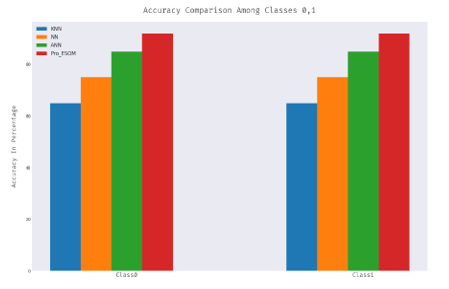Ubiquitous Counter Propagation Network in Analysis of Diabetic Data Using Extended Self-Organizing Map
Main Article Content
Abstract
Self-organizing maps are the most widely used methods to cluster and show data in scientific fields (SOMs). The better framework is counter-propagation (CPN), which has been successfully applied to many platforms including statistical analysis, pattern classification, and function approximation. The CPN method's collaboration with the Kohonen self-organizing map and classification network model makes it less error prone by a series convergence.In order to classify data from a diabetic database, this research proposed an enhanced SOM (E-SOM) with a decision tree that alters the ubiquitous counter propagation network (U-CPN) model. The aforementioned network, which uses a variety of learning rules, has a three layer network architecture.The input layer, the Kohonen layer, and the output layer make up the network's structure. However, the extended self-organizing map model trains both the Kohonen layer and the output layer using a modified Kohonen's learning algorithm.

